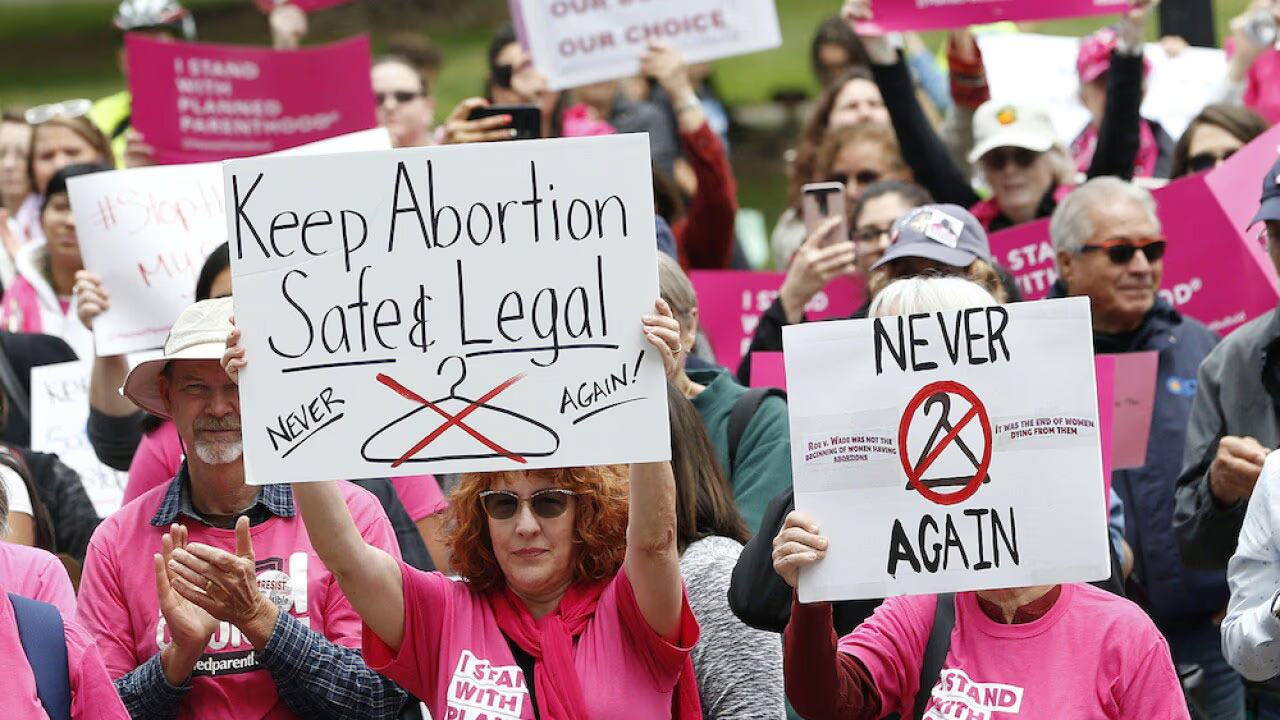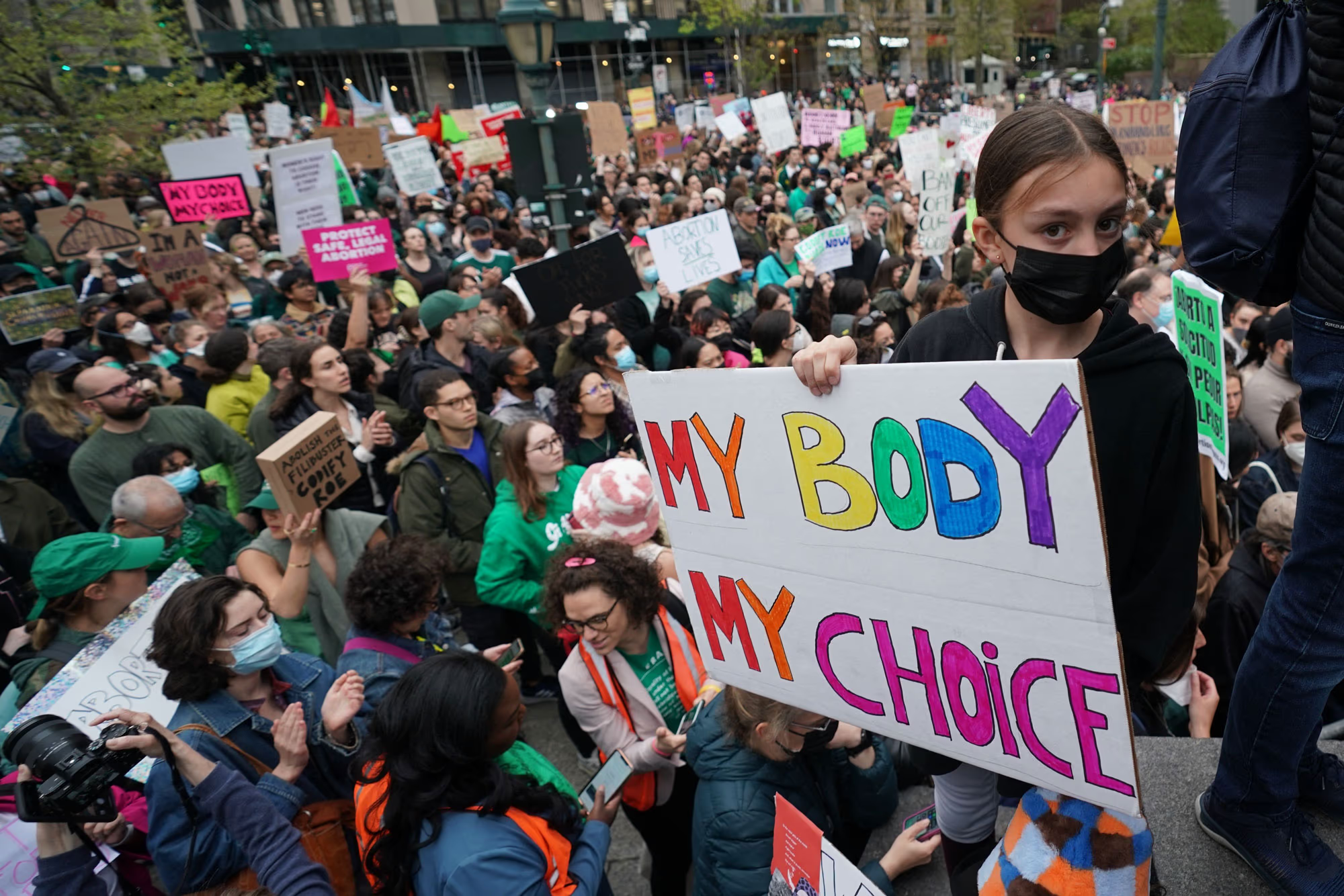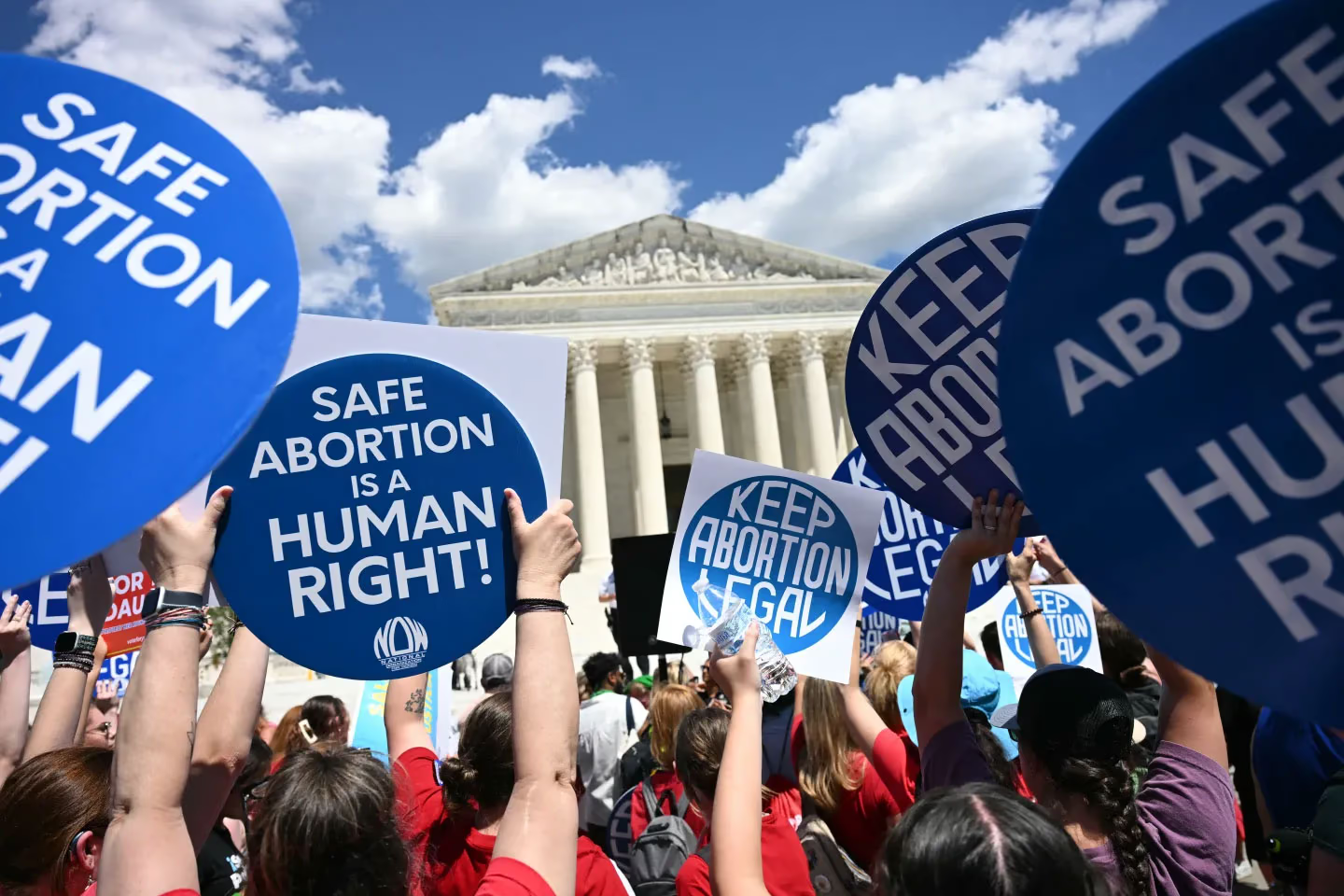Spring 2025: Court Rulings and Ballot Measures Confirm Abortion Is Now a State Issue
In May 2025, the Arizona Supreme Court struck down a near-total abortion ban dating back to the Civil War era—1864. Around the same time, voters in Florida approved a constitutional amendment guaranteeing access to abortion up to the 24th week. These developments underscored a broader shift: reproductive rights in the U.S. have effectively become a matter for individual states, with decisions at the local level now outweighing federal legislation in impact.
In June 2025, the Department of Health and Human Services under the Trump administration withdrew guidance on enforcing the EMTALA law, which had previously required hospitals to perform emergency abortions in life-threatening situations—even in states with abortion bans. While the federal law remains on the books, the absence of a clear federal interpretation effectively allows states to ignore it. Medical organizations, including the American Medical Association, warned that this creates an "unacceptable legal vacuum" in which doctors fear acting to save their patients. Under the new balance of power, even women with urgent medical needs cannot be certain they will receive care if their condition conflicts with state policy.
Together, these two developments mark a turning point in the long-running battle over reproductive rights. Three years after the U.S. Supreme Court overturned Roe v. Wade, abortion access is no longer a national norm—it is a variable shaped by case law, partisan control of state legislatures, and local ballot outcomes.
The Shift to State Control Has Created Legal Inequality Based on Geography
Since the U.S. Supreme Court overturned Roe v. Wade in June 2022, abortion regulation has been delegated to the states. As of spring 2025, 14 states have enacted total or near-total bans. More than a dozen others have imposed gestational limits of six to twelve weeks—often before a woman even realizes she is pregnant.

People take part in a pro-abortion rights rally outside the state capitol building in Sacramento, California, on May 21, 2019. On December 8, 2021, a coalition of abortion providers and advocacy organizations recommended that California begin using public funds to cover costs for women traveling from other states, should the U.S. Supreme Court overturn Roe v. Wade. The report received backing from key state legislative leaders, including Senate President pro Tempore Toni Atkins, a Democrat.
In contrast, states like California, New York, and Illinois have enshrined abortion rights in their constitutions. Some have also introduced legal protections for healthcare providers treating patients from out of state. The result is a country divided into two distinct legal realities. The divergence is not just legal but logistical: access to care is now determined less by diagnosis and more by jurisdictional boundaries.
Women Are Being Denied Care Even in Cases of Health Risks and Fatal Diagnoses
In states with strict abortion laws, care may be denied even when a woman’s health is at serious risk. In 2023, Kate Cox, a Texas resident, was denied permission by a court to terminate her pregnancy despite a diagnosis confirming the fetus was nonviable. Doctors affirmed that her health was in danger, yet the procedure was deemed unlawful. Cox had to leave the state to seek care.
Physicians are operating in a legal gray zone. Some clinics have stopped performing procedures for complications that were once considered routine. Women facing such scenarios are often forced to seek help in other states—without medical supervision or support.
Medical Institutions Are Forced to Limit Care to Avoid Legal Risk
Reproductive healthcare in states with abortion bans operates under mounting legal uncertainty. According to a 2024 report by the American College of Obstetricians and Gynecologists (ACOG), over 40% of physicians surveyed in states with severe restrictions said they planned to relocate or leave the profession altogether.
Some hospitals have suspended even emergency procedures. Internal legal reviews delay care for hours. As a result, doctors lose clinical autonomy and patients are denied timely medical intervention.
Social and Economic Fallout Is Hitting Vulnerable Groups Hardest
A major longitudinal study—The Turnaway Study, conducted by the University of California, San Francisco between 2008 and 2016—found that women denied abortions were more likely to experience poverty, domestic violence, and deteriorating mental health. These effects are felt most acutely by low-income women, minorities, and migrants.

Protester holding a sign reading My Body, My Choice.
In states with abortion bans, public support programs are either absent or inadequate. Nonprofits are struggling to keep up with growing demand. Some regions are seeing a rise in teenage births and delays in prenatal care.
Most Americans Support Abortion Rights Despite Legislative Rollbacks
Early 2025 polling shows that around 69% of Americans support legal access to abortion in all or most cases, according to a March 2025 survey by the Pew Research Center.
Women under 40 are demonstrating high levels of electoral engagement. Reproductive rights have become a central issue in political campaigns and a mobilizing force for the Democratic Party. Within the Republican Party, tensions are rising between moderate and hardline factions.
Federal Gridlock Persists, as Trump Backs Curtailment of Emergency Care
Efforts to restore federal protections have stalled in the Senate. Republicans remain divided. Donald Trump, the party’s leading figure, supports delegating regulation to the states but in 2024 endorsed a Health Department decision that rescinded federal requirements for emergency care in complicated pregnancies if state law prohibits it.
The American Medical Association and the American Hospital Association condemned the move, calling it a threat to patient safety. Yet the Republican platform on abortion remains vague and internally contradictory.
The U.S. Stands Apart as Other Countries Liberalize Abortion Laws
Ireland, Argentina, Mexico, and several other countries have legalized or relaxed abortion restrictions in recent years. The United States, by contrast, has retreated from its previous standards—drawing criticism from international human rights groups.
Amnesty International and Human Rights Watch have called U.S. restrictions a violation of the right to medical care. European Parliament resolutions cite the U.S. as a country with a regressive stance on women’s rights. In response, some governments are proactively enshrining abortion rights in their constitutions—citing the American example as a cautionary tale.
Reproductive Rights Are No Longer Guaranteed—They Depend on ZIP Code and Partisan Control
Access to abortion in the United States has become a matter of regional politics. Women in different states face fundamentally different legal realities. The body has become a jurisdictional object, and pregnancy a legal condition.
This is not just a matter of healthcare. It is a crisis of equality, legal coherence, and the state’s ability to guarantee consistent rights for its citizens. The outcome of this conflict will shape not only the future of reproductive freedom—but the durability of American democracy in an age of deepening polarization.
Rights That Still Need Defending

Trump Revokes Emergency Abortion Protections in Hospitals. The Rule Had Required Doctors to Save Women With Life-Threatening Complications

Support for Abortion Rights Is Declining Among Men
Women Have Become More Vocal Since the Repeal of Roe v. Wade

Violence Is Widespread, Trust Is Not
Most Surveyed Women in England and Wales Have Faced Harassment, but Only a Third Trust the Police

Feminism as a Convenient Façade
How Corporate Feminism Talks About Equality—While Doing Nothing

Washington’s Decision to Deploy the National Guard Sparks Outrage in California
Photos From the Streets of Los Angeles

